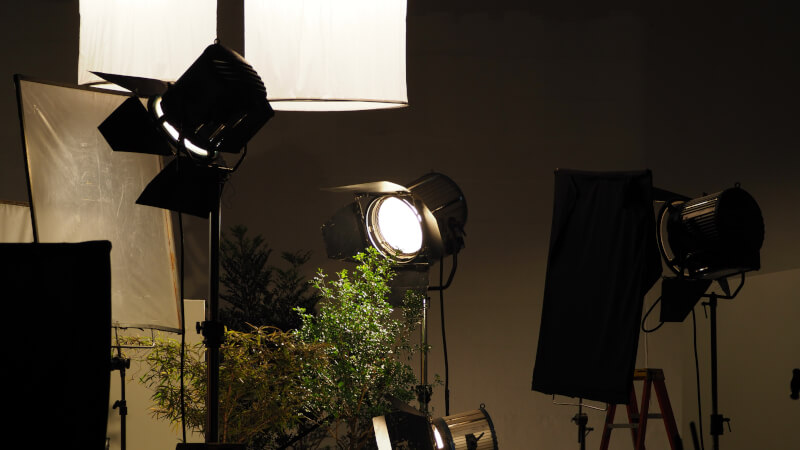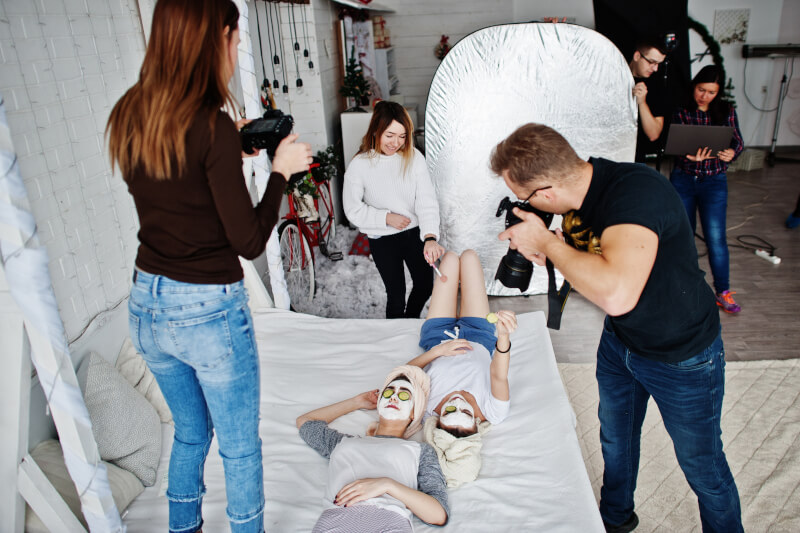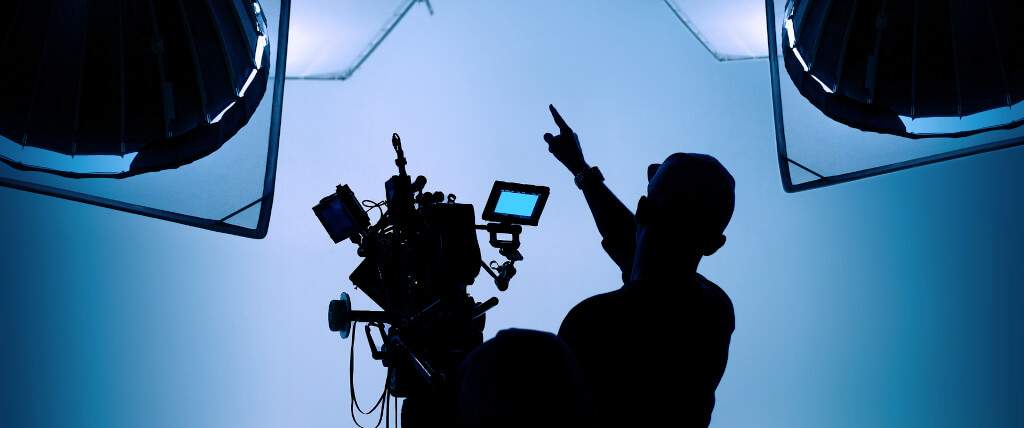The foundation of any film production is the essentials. If each scene in your film doesn’t have a solid set to back it up, your audience won’t be able to feel the enchantment. Any aspiring director can utilise these suggestions to create a visually arresting set on a shoestring budget and take their first steps towards having their picture premiere at the Raindance Picture Festival.
1. Evaluate Alternative Spots
Without a place to film, there would be no sets. The set’s design and the production budget are just two of the many things that will be affected by the location that is chosen.
An alternative to shooting in a public park that does not charge filmmakers is to construct a faux garden in a room above a garage. The best place to start when making a film is by contrasting possible settings. The right location must also have amenities such as:
- The property owner’s approval or the payment of reasonable costs.
- A place for the crew to park and use the restrooms.
- Power outlets or sources are conveniently located.
The finest sites to shoot every scene can be found with the use of a simple pros and drawbacks list, which can be compiled after recording each location.
2. Give Some Context First
For moments shot outside, for example, where the natural environment won’t serve as the sole backdrop, the filmmakers will need to fabricate an artificial one. In this phase, you’ll make choices like wall paint colours and upholstery materials.
The look of a set can also be affected by the flooring. Lighter flooring will reflect more of the room’s natural light, making the space feel cosier. Another simple but vital addition to note when constructing a set is the use of temporary flooring.
3. Adjust Your Lighting

Take into account the existing illumination in a space. What’s brighter, the sun or the lights? There may be very little lighting in there. A filmmaker’s approach to lighting will be influenced by the aforementioned considerations.
No matter what goes down on the set, the natural light, artificial lighting, and props already present will serve to enhance the experience. Back and side lighting from a kit could also help shed more light on the area. The time of day the players will be using the set, the size of the room, and the type of lighting already present in the area all play a role.
4. Think About the Room
Everything from camera placement to shot composition is impacted by a film’s location. Shooting techniques like tracking would work better in a larger room, while other locations may call for more panning or handheld shots.
In addition to the importance of every shot in a film, the way a director shoots can make or break their career. Using a B-roll to construct a professional portfolio could be a simple way to raise extra money for future production. When planning shots or making rough draughts for a portfolio, keep your target demographic in mind.
5. Construct a Mood Board

Filmmakers can obtain a feel for the atmosphere of the set by creating moodboards. Pictures, colour swatches, and sketches are collected and studied during filming to spark new ideas for the set.
An additional useful step in creating an interesting set is saving mood boards. It’s a never-ending well of creativity that helps a set develop into exactly what a scene calls for. If a director wins an award and their film is optioned for development, the treatment can serve as a guide for the new team of professionals who will be tasked with adapting the script.
6. Gather Your Materials
The use of appropriate props is also essential in creating a memorable set design. When the cameras start rolling, they serve two purposes: they finish off the design of any set, and they give the actors something to do in real-time. Planning how a filmmaker will go about collecting props is an early step in the design process. Thrift stores are a common source for filmmaking props like furniture, technology, and jewellery. Garage sales and estate auctions can also yield substantial savings that can be applied to the production budget.
A trailer may be needed to move the props collection. A caravan, whether rented or purchased, will add to the budget but will speed up the production process. If the set needs to be relocated, the cast and crew can pack up every day. The ideal way to move the set’s whole prop collection may involve choosing between a covered and an uncovered trailer model.
To experiment with location, lighting, and positioning, set dressing should begin early. It may be necessary to replace some of the props with others. They might also fail to appear on camera when expected, leading to a dull and uninteresting production. Before beginning production, make sure that your props achieve the required effect.
7. Rental Options
One alternative to buying a set is renting one. Rental firms may have more affordable options for items like set dressing, furniture, lighting, and camera gear if a production company can’t find them within its budget. The equipment might stay in one place after filming is done if it is rented. The director’s home won’t get cluttered with unnecessary set pieces.
8. Check Your Budget
When planning the sets for a film, no extra money must be spent. Every filmmaker uses the ability to make prudent financial decisions, regardless of the size of their production budget. As the sets and production are being finalised, it is important to think about the money. There needs to be a surplus for things like:
- Actor compensation
- Crew members’ compensation
- Costs associated with post-production
The limitations of a film’s budget should be taken into account while making design decisions. When every choice is made with cost-effectiveness and efficiency in mind, changes that waste time won’t be necessary.
How is the Design Crew Managed?

The design crew for a set often consists of a large group of people. Production designers today are the de facto chiefs of the design department, managing everything from prop masters and set decorators to art directors and more.
What Makes Production Design Crucial?
The design of a production is what makes the story come to life and makes the viewers feel like they’re a part of it. The story’s background information has a significant role in setting the story’s mood.
Making Your Movie Stand Out Through Production Design
A production designer’s job is to make the world of the tale believable and emotional through the use of props, costumes, and settings.
Create an Impressive Film Set
Even a first-time director can create a visually striking set with these guidelines as a starting point. Everything about a set will fit in with their idea for the film and feel organic. Any filmmaker can achieve success in designing their picture if they take into account green screen backdrops and how to secure cameras between set moves.
